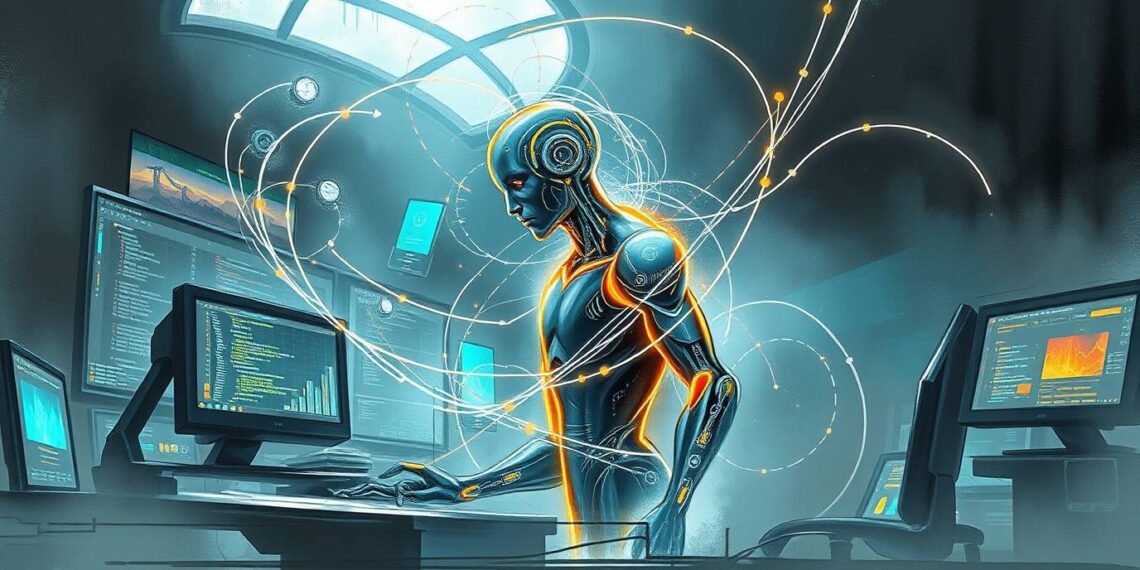OpenAI launched its most sophisticated large language model so far, GPT-5, available via the ChatGPT interface. Company leaders claim this model demonstrates outstanding reasoning abilities, enhances coding efficiency, boosts performance in agentic AI tasks, and adds various new safety features. OpenAI CEO Sam Altman remarked, “It’s a significant step along the path of AGI,” underlining the firm’s goal of achieving artificial general intelligence.
Altman noted that the enhancement over earlier models is considerable, stating that engaging with GPT-5 is akin to consulting an expert with a doctoral level of knowledge across any topic. He referred to it as “pretty cool” to have a team of Ph.D. experts readily available for assistance. ChatGPT’s head, Nick Turley, highlighted its human-like interactions, improving the overall conversational experience.
The new model is open to all users, including those on free plans, although paid subscribers enjoy a more powerful variant. With GPT-5’s debut, the various large language models from OpenAI since November 2022, including GPT-4 and reasoning models, are now clearer. Users of the free version will benefit from intuitive reasoning capabilities without manual activation, and insights into GPT-5’s performance will soon be available in an upcoming system card.
Additionally, GPT-5 stands out in software development within a competitive landscape, allowing users to detail applications for immediate code generation. During a demonstration, Yann Dubois showcased the model’s quick coding ability by having it build a web app for teaching French in just 14 seconds. With enhanced safety protocols, GPT-5 employs a method called safe completions to handle ambiguous queries. Although there are concerns about its tendency to affirm users’ beliefs, OpenAI is investigating the psychological effects of its technology on mental health. Altman acknowledged that GPT-5 is not the final version in the quest for AGI, as it still lacks essential AGI characteristics like continuous environmental learning, with hopes for even larger models in the future.
The ainewsarticles.com article you just read is a brief synopsis; the original article can be found here: Read the Full Article…


